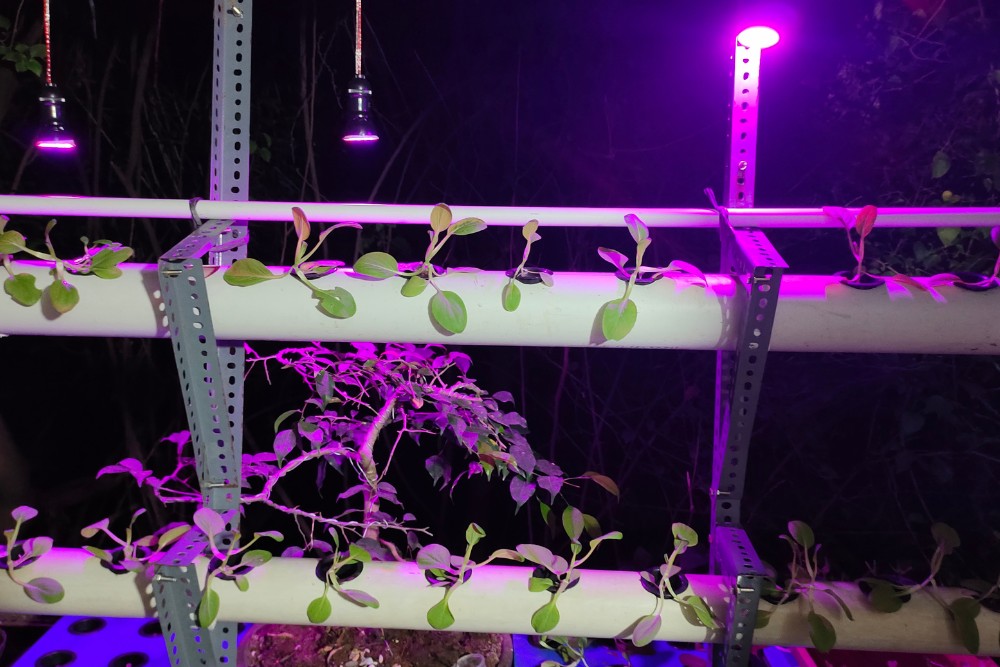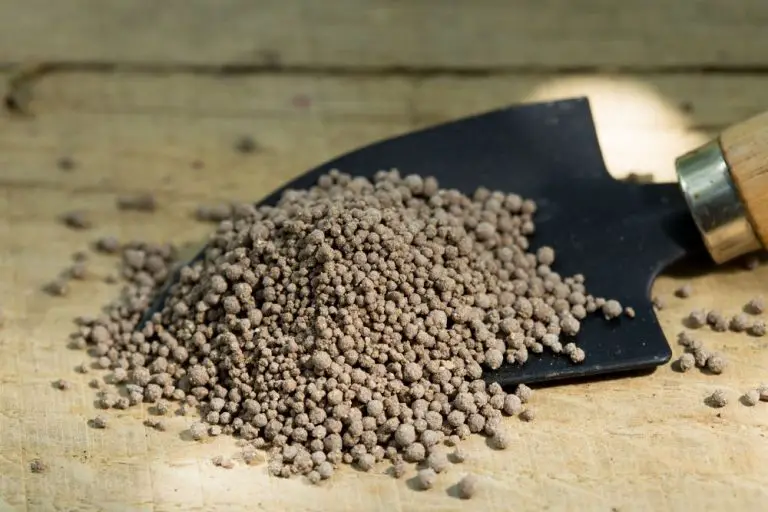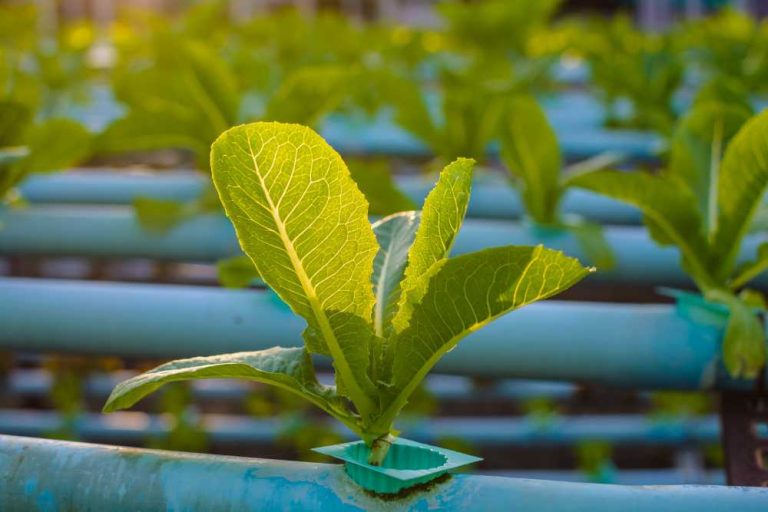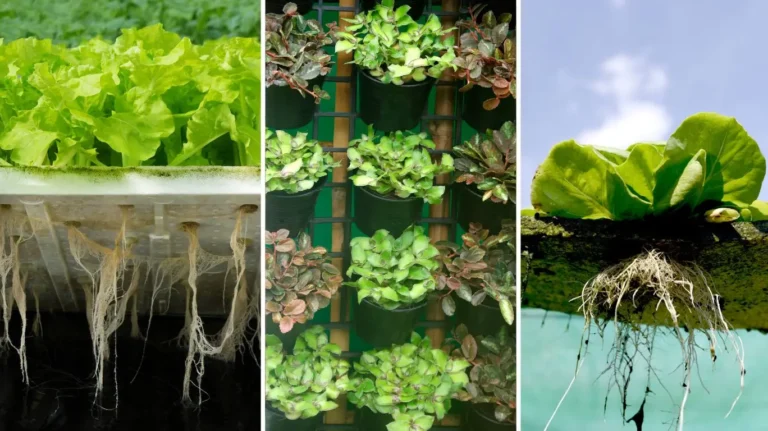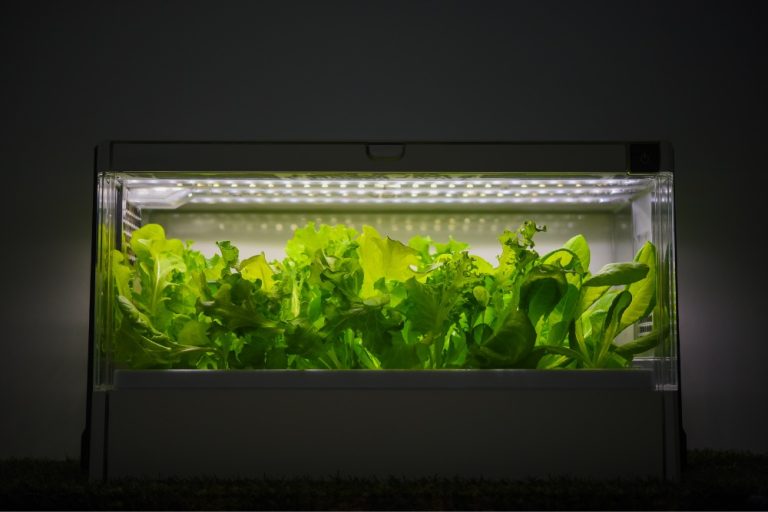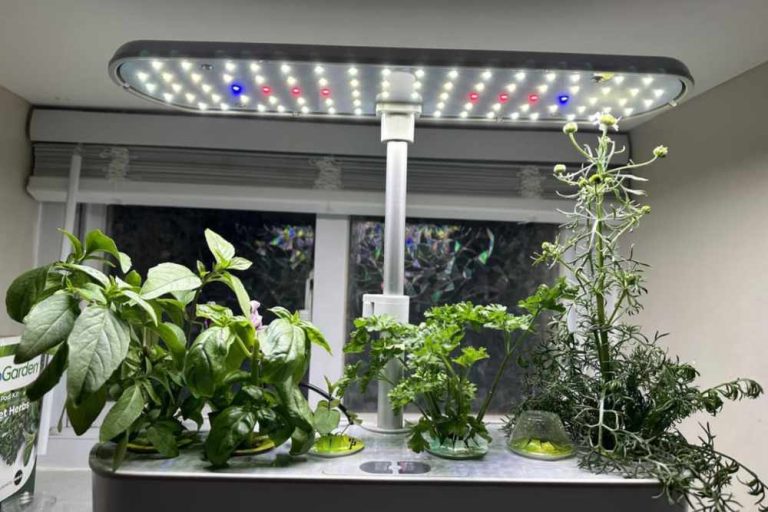Ultimate Guide to Creating an Indoor Vertical Hydroponic Garden
What do you do when there isn’t enough ground area to meet your planting requirements? This is the issue that inspired people to create the idea of vertical farming.
It is simple to understand why the idea has become so popular in hydroponics. An indoor vertical hydroponic garden system is the only option for indoor hydroponics enthusiasts due to a lack of floor space.
What Is Vertical Hydroponics?
Vertical farming is the cultivation of crops in layers that are vertically stacked. Vertical hydroponics is, as the name implies, a hybrid of hydroponics and vertical farming. There are various additional names for this practice.
The most common terms are tower hydroponics, tower gardens, and vertical grow systems. This technique has the benefit of allowing producers to generate a lot of plants in a little space. Vertical hydroponics can also cultivate a broad variety of plants indoors all year.
How Does A Vertical Hydroponic System Work?
The roots of plants grown vertically in hydroponics are anchored in perforated growing media like coco coir, sponge, oasis cubes, or Rockwool. The grow medium’s perforations allow the roots to come into contact with the nutrient-rich water solution.
Growing media may not be required in some vertical hydroponic methods since the plant’s roots can be suspended directly in the water. The water solution is usually piped from a reservoir to the system’s top planter before flowing down through the remaining planters. As the water moves, it gathers oxygen and transports it to the plant roots. Plant growth requires the oxygenation of the roots.
What Are The Ideal Plants For This Method?
- Plants that grow quickly and herbs are the best choices for tower hydroponics. These include leafy greens like Lettuce, Kale, Chard, mustard, and Spinach.
- Other alternatives include Flowers, Cabbage, Basil, Cilantro, Chives, and Broccoli.
- Fruits and vegetables can also be cultivated. Tomatoes are one among them. Others are cucumbers and eggplant, Peppers, and Strawberries.
What Are The Benefits Of Vertical Hydroponics?
- Reduced need for pesticides: Because there is no soil, pests and diseases are less likely to come into your garden on contaminated soil. Vertical hydroponic systems allow producers to automate their growth process while making pest control more accessible. Automated systems can be set to distribute pest control products only when required, lowering the likelihood of pests developing resistance to those products.
- Plants produced in vertical hydroponic systems develop 20-25% quicker than plants cultivated in soil because they have consistent access to air, moisture, and nutrients.
- Nutrient Control: Similarly, automated vertical hydroponic systems can be controlled to deliver nutrients only when necessary, reducing nutrient waste and ensuring that plants receive just what they require to thrive.
- Plants produced under hydroponics produce higher yields than those cultivated in soil because of the constant supply of nutrients and the regulated atmosphere.
- Water consumption is reduced: Hydroponic gardens utilize 10% of the water that typical gardens do because no water is lost due to evaporation or runoff. Vertical hydroponic systems use less water than usual growing methods since they recirculate water between grow trays. Aeroponic systems, which use misting rather than watering, can use even less water. This is more environmentally friendly and can help you save money on your water bill in the long term.
- Vertical hydroponic systems are substantially more efficient than standard growth methods since they utilize vertical space. This implies you can grow more plants in the same space (or produce the same number of plants in less space). Vertical hydroponic systems can also help you in the long run by reducing labor costs and time spent on labor because they are reasonably simple to automate.
- Environmentally Friendly: Traditional agricultural practices frequently require tilling the soil and using toxic pesticides and herbicides (If organic methods are ignored). These practices can deteriorate soil quality and even contaminate groundwater supplies. Vertical hydroponics, on the other hand, does not require tilling the soil or using hazardous chemicals, making it much better for the environment.
Disadvantages Of Vertical Hydroponics?
Many individuals want to develop a hydroponic garden, and vertical hydroponics is a popular option. While vertical hydroponics has numerous benefits, it also has some drawbacks that you should be aware of before getting started.
- Higher Initial Investment: Setting up vertical hydroponic systems can be more expensive than typical soil gardening. However, the higher initial cost is frequently offset by better yields.
- Vertical hydroponic systems also require more upkeep than those that are horizontal. They can rapidly become overcrowded and offer poor results if not properly managed. Moving parts in the system must be inspected and cleaned regularly, and the nutrient solution must be replaced regularly. Vertical hydroponics may only be the best solution for you if you are willing to do the necessary maintenance.
- Less Monitoring Causes Pest and Disease Problems: Another drawback of vertical hydroponics is that pest and disease issues can become more severe if the plants are spaced closely together. In such situations, diseases and pests have a high potential for rapid spread and considerable damage. It is critical to examine your plants for pests and diseases and to respond quickly if any problems are discovered.
- System Complexity: One of the most significant disadvantages of vertical hydroponics is the complexity of the systems. There are numerous moving parts; the entire system can fail if one fails. Vertical hydroponics systems are also more expensive than traditional hydroponic systems because of their complexity.
What To Know Before You Buy A Hydroponic Growing Tower
No matter how much space you have to work with, hydroponic towers can help you grow more food. However, not all models are equal. Height, the number of plant holders, the sorts of plants it can accommodate, the ease of assembly, and grow light compatibility are all crucial considerations before purchasing.
- Hydroponic tower types: The type of hydroponic tower you select will be determined by the available space, your tastes, and your aims for your indoor garden. There are several sorts to pick from, each with its own set of advantages and disadvantages. Knowing what is currently available on the market will enable you to make an informed choice.
- Lighted hydroponic tower garden: As a gardener, you know that light is essential for plant growth. And, while you could place your hydroponic tower near a window, you might need more light exposure for your plants to thrive. Hydroponic towers with built-in grow lights provide an easy way to provide your plants with the proper quantity of light. They don’t need any extra LEDs, making them ideal for beginner gardeners or people who live in areas with limited natural light. These versions also allow you to cultivate throughout the year, regardless of the season. While they are an excellent choice for many, hydroponic towers with built-in grow lights might be more expensive than their non-lit counterparts.
- Stackable planters are a series of stacking pots you can fill with fruits, flowers, vegetables, and herbs to conserve water and space in your house. They are the most basic type of hydroponic tower available. Instead of watering each plant individually, water is poured into the top pot, which then drips down to the lower ones, hydrating them all as necessary.
- These hydroponic towers are typically made of durable, food-safe polypropylene and can be used both indoors and outdoors. They’re an excellent option for individuals on a tight budget because they don’t require any specific equipment. To ensure that every plant receives the proper amount of water and sunlight, they will need more excellent gardening expertise.
- If you’re interested in hydroponics but want to avoid setting up your own system, a pre-made hydroponic tower is the perfect solution. These towers include everything you’ll need to get started, including grow lights, nutritional reservoirs, and irrigation lines.
- Most vertical hydroponic systems are huge and can house a large number of plants. While they are the most expensive option on the market, they are also the easiest to set up and take the least amount of effort. Add water and plants, and you’re ready to go. While these systems are not suitable for individuals on a tight budget, they are great for those who want a large yield with minimal fuss.
What Is Needed For The Setup?
- Light – If your hydroponic tower lacks built-in lighting, you’ll need to buy LED grow lights separately. Depending on the model, you can either place these on top of or next to your hydroponic tower.
- Nutrients – There will only be nutrients if there is soil. To provide your vegetables, herbs, and fruits with the necessary nutrients, prepare a nutrition solution tailored to the plants you’re cultivating and add it to the reservoir.
- Growing Medium – This is where your plants will be rooted, and several options are available, including coco coir, vermiculite, perlite, and others. Whatever you choose, make sure it has adequate drainage and aeration.
- Temperature – Most plants prefer a temperature range of 60 to 80 degrees Fahrenheit. Some hydroponic systems have a built-in thermostat to assist with temperature control. You can also utilize an air conditioner or space heater to keep the proper growing conditions.
- Adjusters for PH – Because you’ll most likely be growing various plants in your hydroponic tower, you’ll need to keep an eye on the pH of your nutrient solution and make adjustments as needed. Varied plants require different pH levels, and this will ensure that each plant receives the proper amount of acidity.
- Airflow – Proper ventilation is essential for keeping your hydroponic tower running efficiently. To assist in circulating the air and keep your plants from being too hot or humid, you’ll need an oscillating or ceiling fan.
Best Indoor Vertical Hydroponic Garden Systems
1. Aerospring Vertical Hydroponics Indoor Growing System
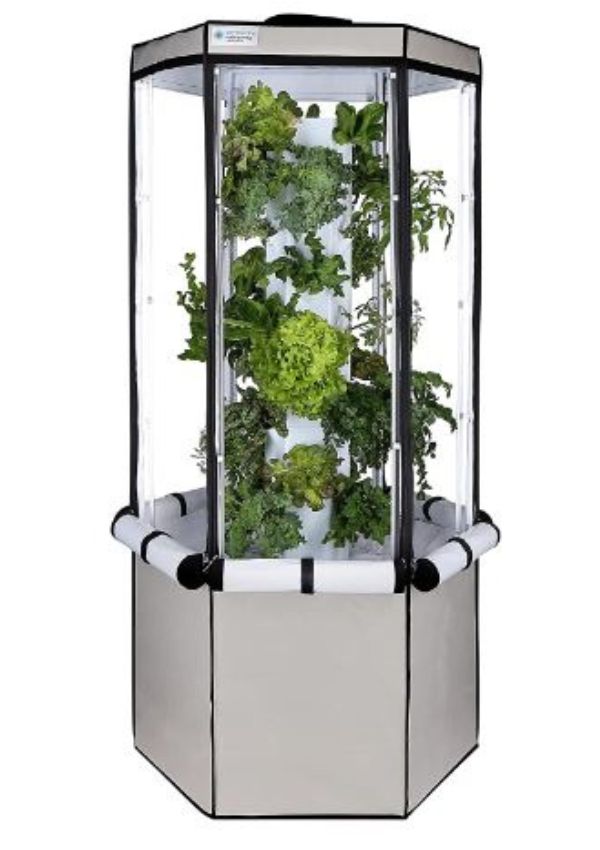
This modern and compact vertical garden is one of the best vertical grow systems since it is intended for maximum productivity and usefulness, making it suited for both beginners and advanced users of hydroponic technology. Aerospring Vertical Hydroponics Indoor Growing System employs aeroponic technology, which enhances air and oxygen delivery to the root zone, resulting in superior plant growth.
The Aerospring may function as a two-in-one system. Adding an indoor accessory allows you to grow plants outdoors from spring through autumn and then develop them during the winter or colder months. With this vertical hydroponic system, you can grow up to 27 plants at once while only needing one square meter (or 10 square feet) of area. Up to 34-inch plants can fit inside because of their height.
Furthermore, because it contains a 20-gallon water tank, the Aerospring requires fewer regular water refills. You can separate the internal hose from the device when you need to drain or replace the water. The best quality materials are used in constructing Aerospring’s system to guarantee the quality of service and compliance with environmental regulations.
Its system consists of a Sicce Syncra Silent 1.5 pump, 6x23W foldable tri-band LED bars, full-spectrum lights with a 400-700 nm coverage range, 200mm quiet exhaust fan, Oxford D600 tent material with highly reflective white interior panels, and Smart WiFi Timer automatic for lighting and irrigation. In addition to its main features, the system includes 27 rockwool cubes and grow cups, allowing you to begin your vertical farming immediately.
2. Gardyn 1.0 Vertical Indoor Hydroponics Growing System
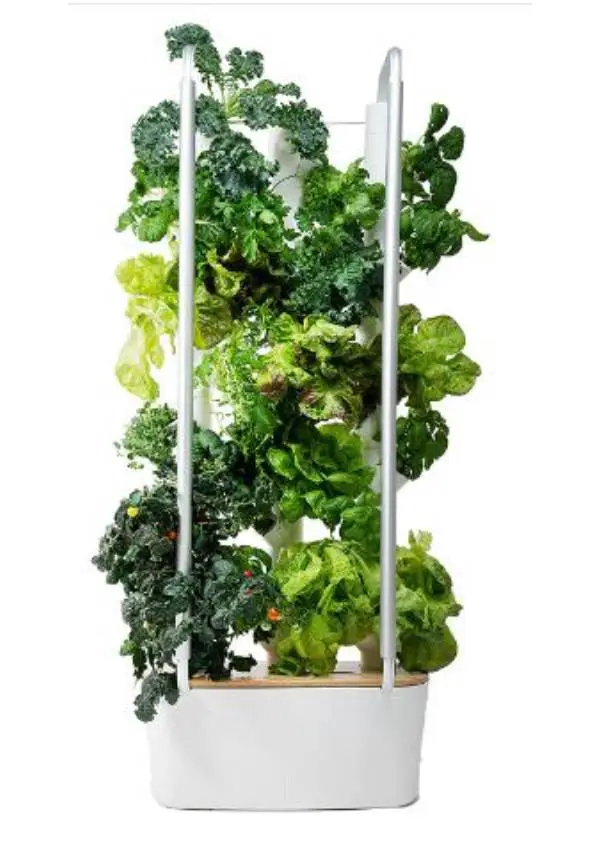
Gardyn’s hydroponic tower includes an automated water system with a 6-gallon water tank that can water all of your 30 indoor living plants. This is the only hydroponic indoor gardening system with artificial intelligence (AI) that uses camera, temperature, and humidity sensor data to help your plants develop more effectively.
Additionally, Gardyn’s cutting-edge technology allows you to grow 30 huge plants in just 2 square feet of area. Additionally, it offers a “Vacation Mode” feature that keeps your plants alive for around two weeks while you’re away.
It uses full spectrum LED grow lights for its lighting system, which are appropriate for indoor gardening. This hydroponic package also comes with some organic arugula, tomatoes, and lettuce for planting, as well as rock wool cubes and a 30-day free trial of Gardyn AI assistant.
3. Lettuce Grow Farmstand 36-Plant Hydroponic System
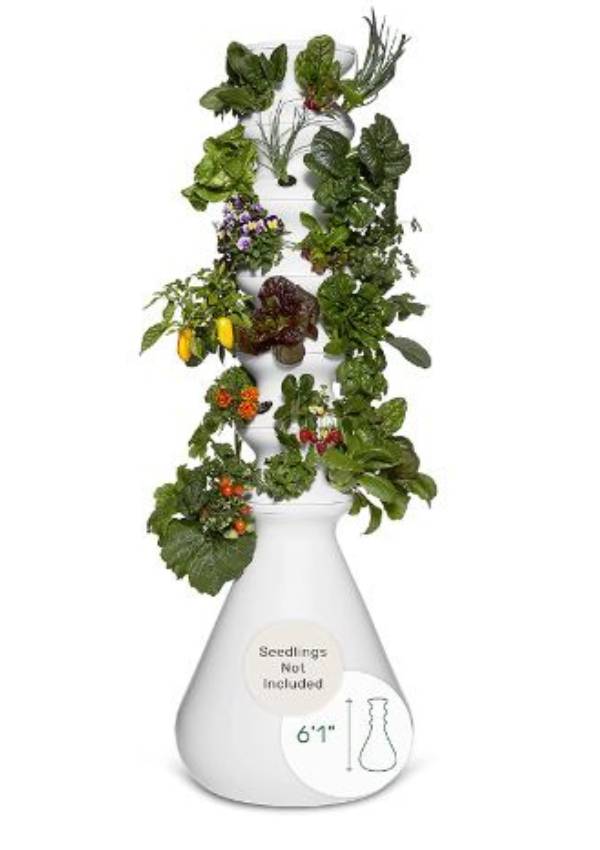
You may simultaneously grow 12 plants with this automated, user-friendly vertical hydroponic system. Since the farmstand only needs a 2″ by 2″ space, you may use a small space in your garden or balcony.
You may easily add levels to Lettuce Grow’s modular and stackable plant tower garden if you need additional space for your plants. Compared to traditional gardening, Lettuce Grow uses 95% less water because of its automatic water distribution system that ensures that water is distributed equally to all plants.
This automated, user-friendly vertical hydroponic system can grow twelve plants simultaneously. You can use a little space in your backyard or balcony. If you need additional space for your plants, add floors using Lettuce Grow’s modular and stackable plant tower garden.
4. EXO Garden Hydroponic Growing System Vertical Tower

This hydroponic growing system is ideal for apartments and other small spaces, helping you to make the most of your limited space.
This hydroponic tower is small enough to fit in small areas. (42x13x13). You can grow up to 24 plants with various size options. The setup and maintenance of this hydroponic system are very simple.
The EXO hydroponic growing system can generate an impressive yield of leafy greens, fruits, herbs, and flowers in two square feet. This hydroponic growing system, appropriate for apartments and other small places, makes the best out of your limited space.
The hydroponic tower is composed of tough, food-grade plastic and can support up to 28 plants at once. Instead of spending hours weeding or tilling the soil, this soil-free alternative uses water and a nutrient-rich solution to nourish your plants.
This makes it the ideal choice for beginner gardeners. To keep your hydroponic tower in good condition, you must do weekly maintenance tasks that take less than 10 minutes and renew the tower’s nutrients every four to six weeks.
5. Mr. Stacky 5-Tier Stackable Planter

This East Tennessee-made high-quality, thick, BPA, BPS, UV-resistant, and PVC-free plastic vertical hydroponic system has five levels of planters with six planting pockets each level for a total of 30 planting pockets that allow you to plant various types of flowers, herbs, and vegetables all at the same time.
This vertical hydroponic kit is entirely soil-based, so you won’t need additional solutions or electricity to grow your plants. Each layer can hold one cubic foot of potting mix and has 12 drainage holes to allow excess water to drain. When you need more water, fill the top water reservoir to the 5-tier mark.
- 29 Bucket Gardening Ideas for a Lush, Compact Garden - October 30, 2024
- 20+ Chic Boho Bedroom Ideas for a Cozy and Stylish Retreat - June 20, 2024
- 12+ Modern Boho Living Room Ideas to Create a Unique Oasis - June 10, 2024

